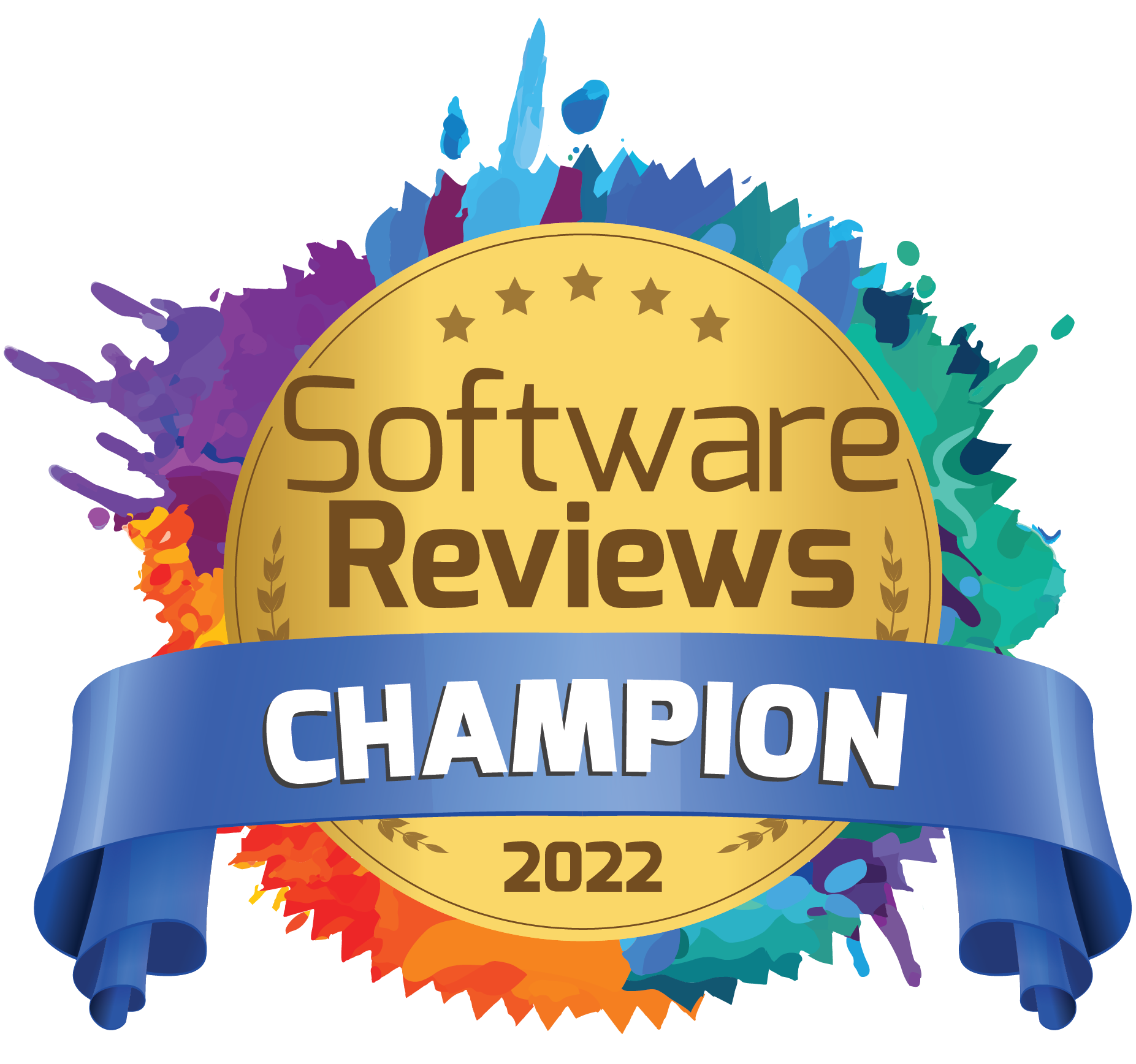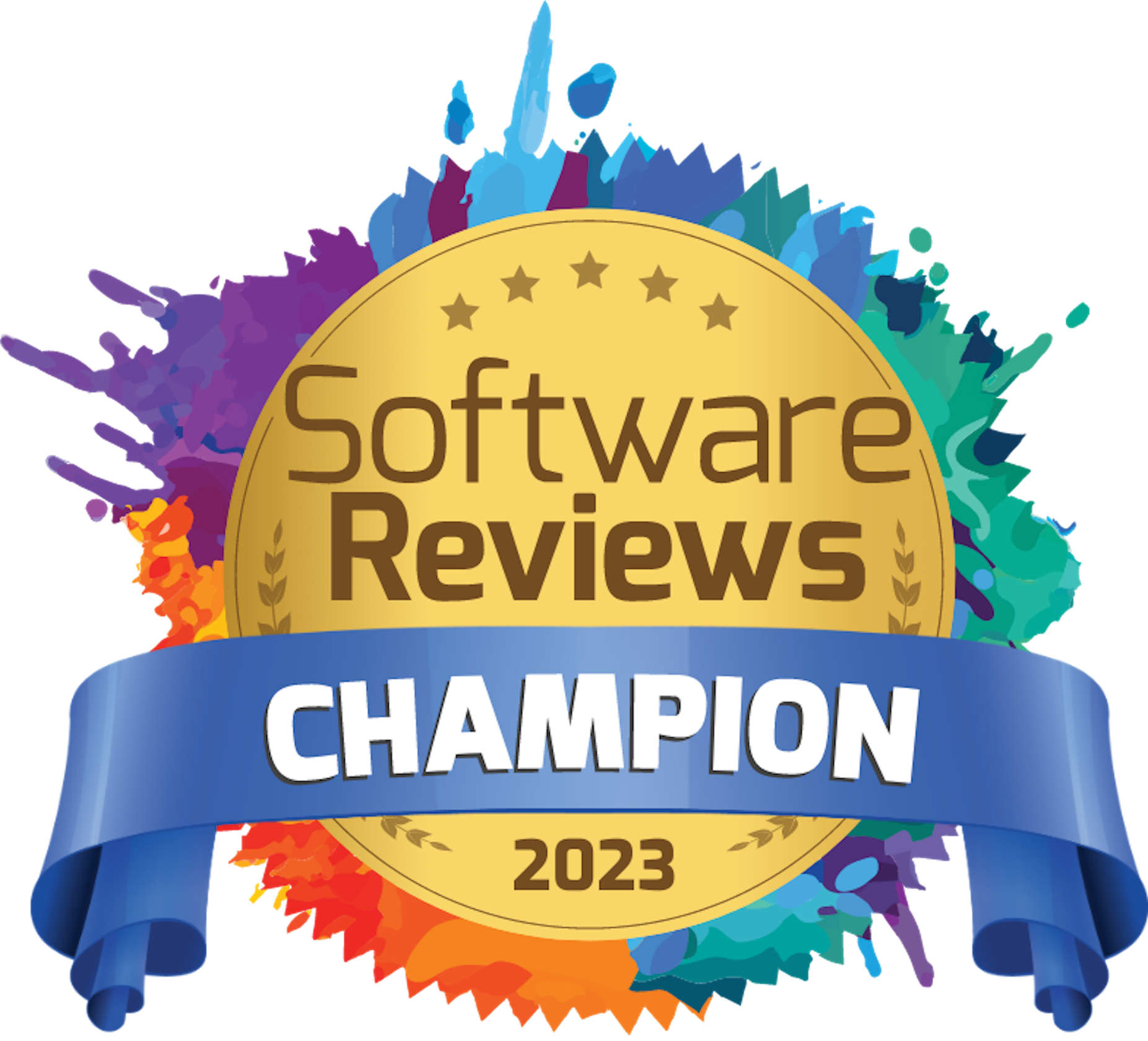Technology for Workspaces Webinar Series - Recordings Are Now Available!
Just how important is technology to the future of your flexible workspace?
Over the past few months, we brought together industry experts from a variety of fields who are unified by two common ideals: their passion for coworking, and their enthusiasm for technology. Through these discussions, we have learned a lot about what priorities should be for all different types of flexible workspaces in regards to technology, access and security and data. We have learned that whilst this has been a difficult year for all, technology has been able to help us to great lengths, and we anticipate that individual communities will expect an even heavier focus on employing smart technology both during and following the pandemic.
If you didn't manage to tune in, our on-demand webinar recordings will allow you to catch up in your own time. Discover the industry insights and information you are looking for by using the links below.
Why technology-enabled spaces attract more customers
Our first webinar kicked off our series in style. We explored the concept of technology-enabled spaces and discussed the ways in which the pandemic has accelerated our need for technology. Throughout the discussion, there was a general agreement that bolstering your existing technology stack is the ideal way to help you retain customers, as spaces with technology solutions in place that facilitate interactions in a coworking space are becoming increasingly appealing to prospective customers. Because of this, a new benchmark is being created, and spaces are needing to stay ahead of the curve in terms of innovation so that they do not risk falling behind. With insights both from the client and consultant side, our panellists discuss the must-haves and nice-to-haves in relation to technology for workspaces, as well as offering insight into the processes they have changed that have helped to keep their community connected, and revealing what is in the pipeline for the future.
We were joined by:
- James Scerri, Director of Technology and Innovation at FORA
- Chris Chowen, Emerging Technologies Coordinator at WiredSussex
- Naveed Ahmad, Information Technology Manager at M1 Dynamics
- Shabad Chawla, Director at techsapiens and CEO at coworktech
You can access the webinar here, or by clicking the image below.
.png)
Why is access and security in your workspace a priority?
On our second webinar, we explored the theme of access control and the importance of making sure that members of your community have the right level of access to both the physical spaces within your buildings and that the right areas of your network. We agreed that user behaviour has unsurprisingly changed greatly in the context of the pandemic, and access control has a bigger role to play in keeping space users safe. As each of our panellists are solution providers, with two representing physical security solutions and two speaking from a network perspective, each speaker discussed how their respective organisations have shifted their approach to meet these heightened needs. On the webinar recording, you will learn more about the importance of gaining an understanding of the security requirements of your members, and how when setting up any solution of this sort, it is not just essential to think of the needs of today, but those of the future also.
Our panellists were:
- Martin Benuska, Account Manager at IronWifi
- Bradd Konert Jr, CEO at Isofy
- Christian Schmitz, Global Account Manager at Salto Systems
- Jonathan Polon, Senior Director of Business Development at Brivo
Learn more about access and security for your coworking space here.
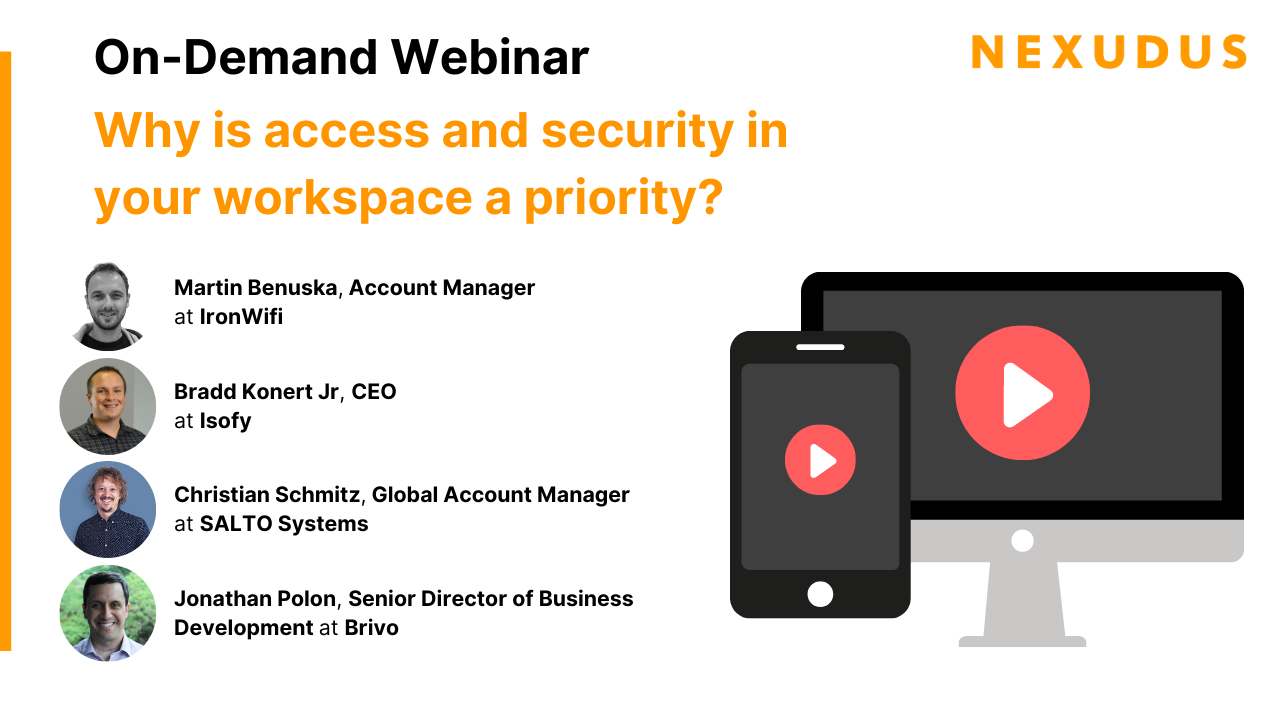
How to make data-driven decisions for your flexible workspace
In a flexible workspace, data can present you with an unrivalled view of how your space is operating and a unique insight into your members’ behaviour. From these insights, operators have the opportunity to improve processes in the space to better meet the needs of members. But with so many different types of metrics to be tracking, it can be challenging to figure out which are the most important for the various teams and individuals throughout your organisation. On this session, we are joined by both those who have seen firsthand the result of accurate data analysis in their spaces, and owners of analytics platforms who help third party organisations to realise this importance.
We had the pleasure of hosting:
- Adam Blaskey, CEO and Founder at Produktiv
- Lindsey Rohde, Senior Director of Campus Operations at Galvanize
- Ben Tannenbaum, Co-Founder at CoworkIntel
- Sara Asensio Manrubia, Space Manager at Utopicus
See our webinar recording for advice on how to take your data analysis from good to great.
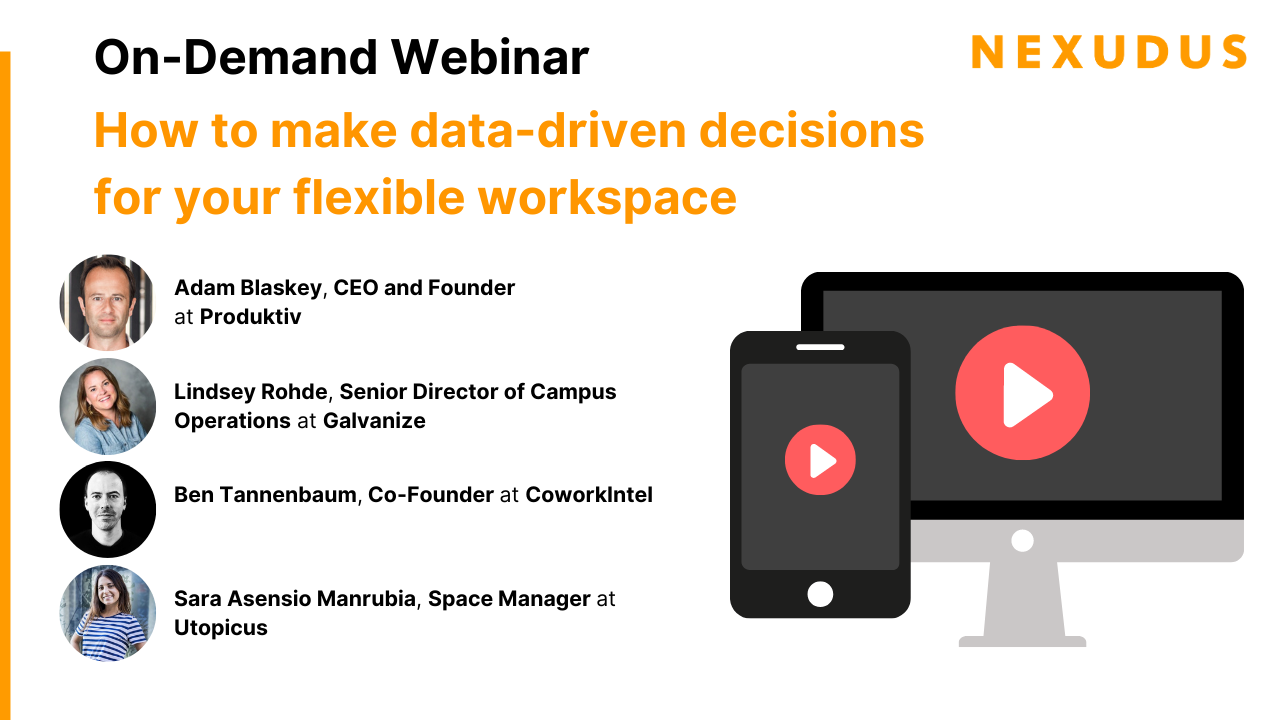
Coworking post-COVID: Why technology is essential to the success of your workspace
On our fourth and final session, we discuss the unfortunate effect that COVID has had on coworking and flexible workspaces. We discuss the ways that spaces have had to amend their model to navigate different circumstances and how technology can aid these adjustments. Our panellists speak from operational, financial and technological standpoints, and take a closer look at the role of automation in the workplace, how it will play an extended role both currently and in the future, and why establishing a balance between human interaction and technology should be at the forefront of our minds.
Presenting alongside us were:
- Marc Navarro, Coworking and Organisation Consultant
- Chris Neil, Chief Digital Officer at The Network Control Group
- Samantha Hulls, Head of Collaboration at The Melting Pot Edinburgh
Get advice on how to amend your model to best suit your community by following this link, or by clicking the below image.
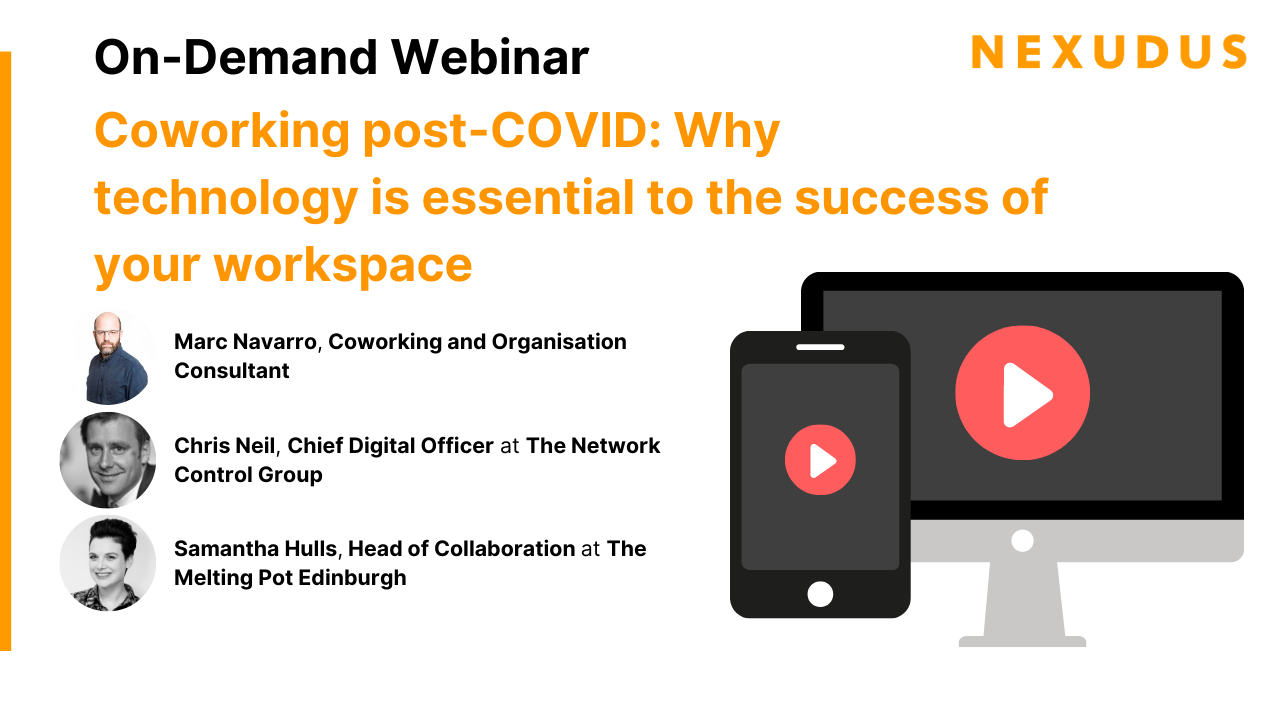
We'd like to thank our panellists for their involvement in our series and of course, our community for joining us. For those accessing them for the first time, we hope you find them useful!
As you may also be aware, our Support team leads an ongoing webinar series - these are held on a fortnightly basis and are aimed at helping you to better understand the platform by providing live walkthroughs. You can learn more about these and access the recordings of all of our previous editions on the Webinars page on our knowledge base.
If you have any topics that you would like us to explore in more detail, please do get in touch. We'd love to hear from you.
Happy watching!
Related stories
Why a CRM is Essential for Coworking Spaces (And How to Choose the Best One)
A customer relationship management platform (CRM for short) is what organisations use to manage relationships and interactions with both existing and potential customers. Its primary function is to streamline operations and communications to ensure a smooth customer - and employee - experience, while improving profitability.
Global Coworking Trends and Opportunities for 2025
Now well into 2025, the coworking industry continues to demonstrate strong momentum. With demand for coworking spaces remaining steady around the globe, it's clear that coworking is not just enduring—it's thriving. Let’s explore the major trends and opportunities shaping the global coworking landscape this year.
Creating Events that Drive Community Engagement in Coworking Spaces
Community is everything in coworking, but a genuine sense of connection between members doesn’t magically happen overnight or by chance. Often, meaningful relationships take intentionality, effort, and time to build, with events being an effective vehicle for bringing people together around shared interests, goals, and experiences, creating opportunities for collaboration, and a thriving coworking culture. This article looks at creating events that drive community engagement in coworking spaces.
How the Right Coworking Software Can Transform Your Coworking Space
We all know that technology solutions are imperative to the day-to-day running of your coworking space, but the right coworking software can take it to the next level. It has the power to transform your coworking space into a highly profitable business, all while building a vibrant and engaged community. Let’s explore how the right tools can transform your coworking space.
How to Make Your Coworking Space More Sustainable in 2025
Sustainability is becoming more and more important for coworking spaces. If you're thinking of making your space more sustainable, it's good to remember that there are lots of ways to go about it. From small details to bigger changes, everything adds up when it comes to reducing your environmental impact.
5 Ways to Reduce Noise in Open Offices & Coworking Spaces
Some people like working against a background of noise, while for others it’s their worst work nightmare. The truth is, our relationship with noise depends on our own preferences and the nature of our work.
ViDA Compliance Guide: 8 Essential Steps for Coworking Spaces in the EU
Now that 2025 has arrived, the European Union's VAT in the Digital Age (ViDA) initiative is becoming a key topic for coworking spaces operating in the EU. But don’t panic—ViDA will be introduced gradually, with key changes taking effect from 2028. This major VAT reform aims to modernize tax reporting, combat fraud, and streamline compliance through mandatory e-invoicing and real-time digital VAT reporting for certain transactions.
Harnessing AI to Help Coworking Operators Understand Their Communities Better
After more than twelve years in the coworking industry, we’ve seen the movement evolve at an incredible pace, especially in recent years. Spaces have grown larger, making it harder for operators to truly connect with their communities. At the same time, expectations for higher service standards and increasing competition mean that creating tailored experiences and fostering long-term member engagement is more important than ever.
What Is Workplace Management and Why Does It Matter?
There has always been a need for workplace management – the process of organising and optimising physical spaces, resources, and operations to support people’s needs. But, as 28% of UK working adults were reported to work in a hybrid capacity last autumn (by the Office for National Statistics), the question of ‘why workplace management matters’ is more critical than ever. Let’s look at the workplace management benefits for your operations.
Exploring Coworking Software in 2025: 10 Key Nexudus Features
From automating daily processes to supporting your team in building a thriving community and boosting revenue for your business – coworking technology couldn’t be more impactful for flexible workspace operations. But with so many tools available, selecting the right tech stack for your coworking business can be overwhelming.
